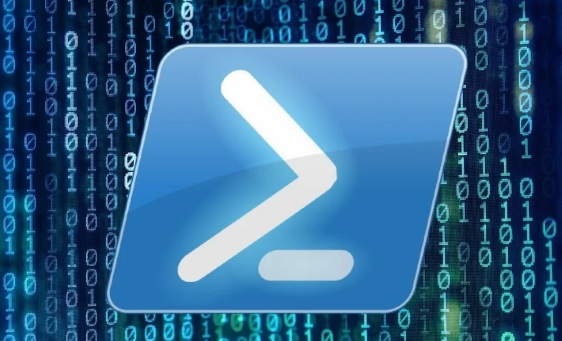PowerShell is an essential tool for IT administrators, developers, and anyone who manages or maintains a Windows environment. It combines a scripting language and a command-line shell, enabling users to automate administrative tasks and handle system configurations more efficiently. Let’s explore why PowerShell is a valuable tool, what makes it unique, and how you can leverage its capabilities for better system management.
Table of Contents
1. Understanding Windows PowerShell
Windows PowerShell is a powerful scripting language and command-line interface designed by Microsoft. Built on the .NET framework, it allows users to automate tasks, streamline repetitive actions, and control Windows environments effectively. The tool has evolved since its release, with each version introducing new features aimed at improving automation capabilities, simplifying complex tasks, and enhancing security.
2. Automation: Streamlining Repetitive Tasks
One of PowerShell’s most powerful features is automation. IT administrators often face repetitive tasks, such as managing user accounts, updating settings across multiple devices, and generating system reports. With PowerShell, you can automate these tasks using scripts, saving valuable time and reducing errors. For instance, tasks like creating, modifying, and deleting user accounts across an organization can be done through automated scripts, ensuring uniform configurations and consistency in settings.
Automation also extends to cloud and hybrid environments, making PowerShell a versatile tool for managing both on-premises and remote servers. The use of PowerShell’s cmdlets—simple, single-function commands—makes it easier to create and manage scripts for varied tasks.
3. Scripting: Adding Logic to Commands
PowerShell allows for more than just command execution; it supports complex scripting that can include conditional logic, loops, and functions. This capability enables users to build customized solutions for specific administrative needs. Unlike traditional command-line interfaces that work only with text, PowerShell processes data as objects, allowing for more complex data manipulation.
PowerShell scripts can be used to handle everything from disk management to task scheduling and security policy enforcement. With built-in features to debug scripts and handle errors, it is possible to create sophisticated workflows and error-checking mechanisms, ensuring that tasks are handled efficiently and without unexpected failures.
4. Task Management Across Systems
PowerShell is especially useful for handling task management across multiple systems. For example, updating DNS settings, configuring firewalls, or installing updates across hundreds of machines would be a time-consuming task if done manually. PowerShell allows administrators to perform these actions across several devices simultaneously, ensuring uniformity and saving hours of repetitive work.
Using PowerShell remoting, administrators can manage other computers on the network without needing to physically access them. This capability is especially beneficial in large enterprise environments where administrators are responsible for managing numerous systems spread across different geographical locations.
5. Security and Compliance
Security is an essential aspect of any IT environment, and PowerShell is built with this in mind. PowerShell’s scripting capabilities allow administrators to implement policies, manage permissions, and ensure compliance with security standards. For example, administrators can create scripts to regularly check for and apply system patches, control user permissions, and monitor system events, reducing the risk of unauthorized access or vulnerabilities in the network.
PowerShell’s compliance features include modules and cmdlets that allow you to analyze and enforce compliance policies. This is particularly useful for industries with strict regulatory requirements, like finance and healthcare, where administrators need to document and maintain specific configurations.
6. Integration with Other Tools and Cloud Services
PowerShell’s compatibility with other tools and cloud platforms adds another layer of flexibility. PowerShell integrates seamlessly with cloud services like Microsoft Azure and AWS, allowing administrators to manage both Windows and cloud resources from a single interface. Through various modules, it can also interact with third-party applications and databases, enabling users to build scripts that bridge multiple services and automate workflows across diverse platforms.
This cross-platform compatibility means that PowerShell isn’t limited to Windows anymore. With the introduction of PowerShell Core, which runs on Linux and macOS, administrators can manage mixed-OS environments from a single scripting tool, simplifying workflows in hybrid and cloud environments.
7. A Future-Ready Tool for IT Professionals
For IT professionals looking to future-proof their skill set, learning PowerShell is a strategic decision. The ability to automate and manage systems through scripting is invaluable as organizations increasingly seek efficiency and accuracy in IT management. PowerShell’s ongoing development also ensures that it remains relevant in a fast-evolving technology landscape.
Conclusion
PowerShell provides a robust platform for automation, task management, security, and system administration. Its flexibility, object-oriented nature, and support for cross-platform environments make it an indispensable tool for IT professionals looking to streamline operations, manage complex environments, and ensure security across systems.
Whether you are new to PowerShell or an experienced user, its ability to automate complex tasks, ensure compliance, and integrate with cloud services makes it a worthwhile addition to your skill set.



